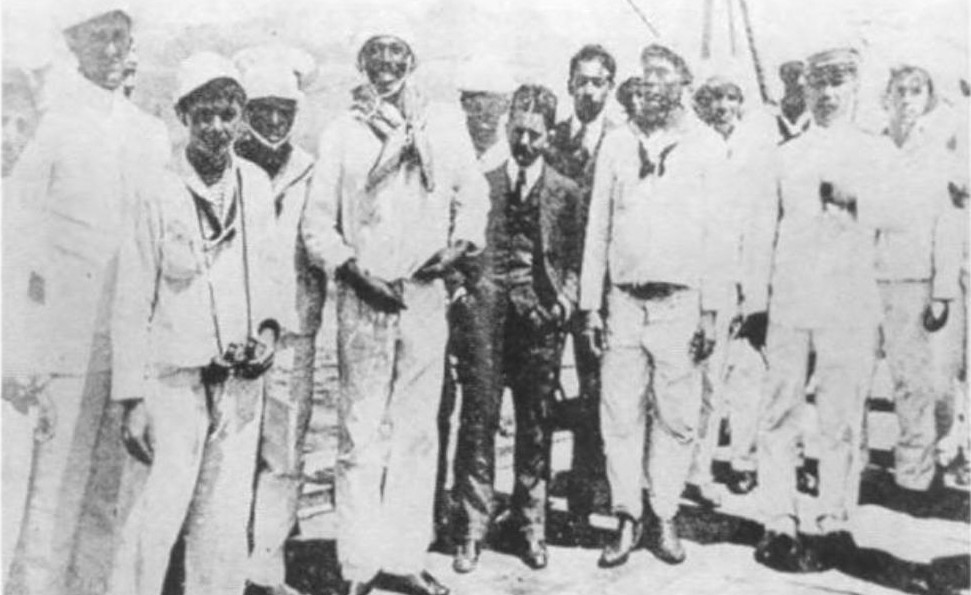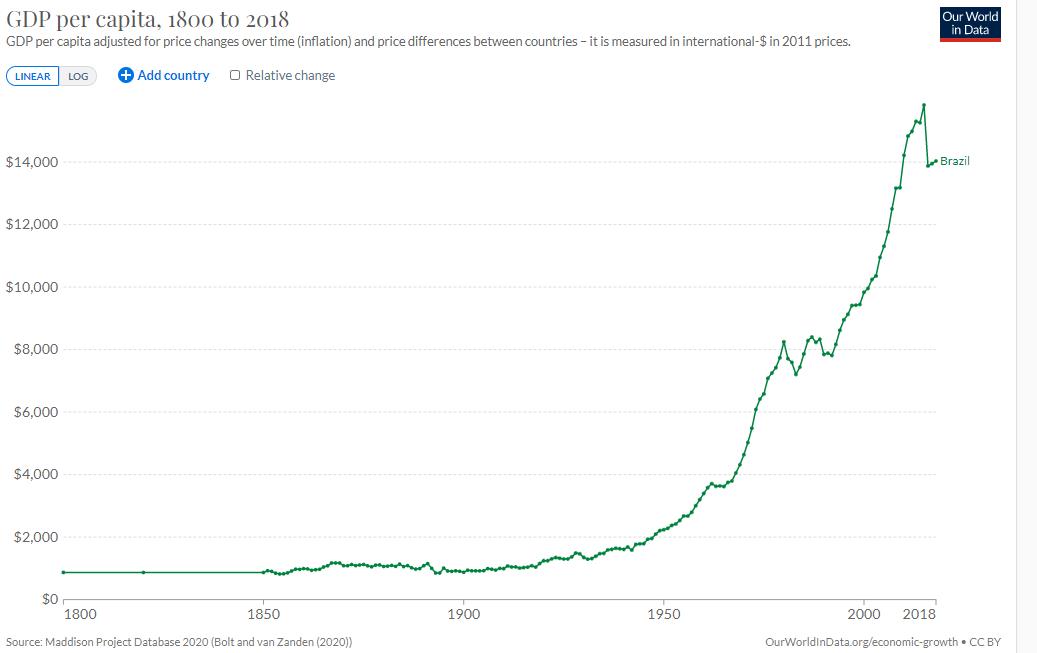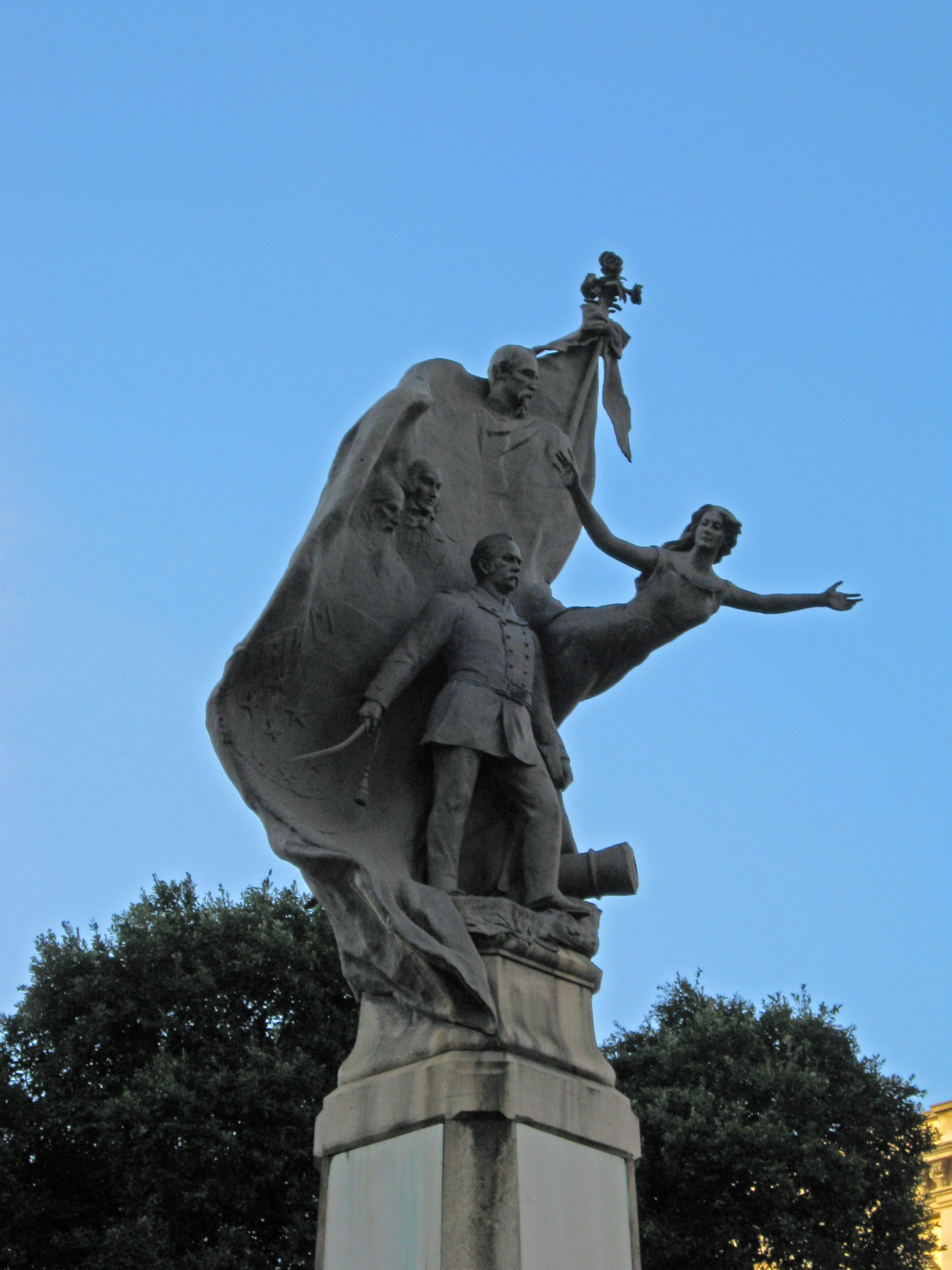|
Revolt Of The Whip
The Revolt of the Lash ( pt, Revolta da Chibata, link=no) was a naval mutiny in Rio de Janeiro, Brazil, in late November 1910. It was the direct result of the use of whips ("lashes") by white naval officers when punishing Afro-Brazilian and mixed-race enlisted sailors. At the beginning of the new century rising demand for coffee and rubber enabled Brazilian politicians to attempt to transform their country into an international power. A key part of this would come from modernizing the Brazilian Navy, which had been neglected since the coup, by purchasing battleships of the new "dreadnought" type. Social conditions in the Brazilian Navy, however, did not keep pace with this new technology. Elite white officers were in charge of mostly black and mixed-race crewmen, many of whom had been forced into the navy on long-term contracts. These officers frequently inflicted corporal punishment on the crewmen for major and minor offenses alike despite the practice's ban in most other coun ... [...More Info...] [...Related Items...] OR: [Wikipedia] [Google] [Baidu] |
Benjamin Constant (Brazil)
Benjamin Constant Botelho de Magalhães (18 October 1836 – 22 January 1891) was a Brazilian military officer and political thinker. Primarily a positivist, influenced heavily by Auguste Comte, he was the founder of the positivist movement in Brazil ( Sociedade Positivista do Brasil, ''Brazilian Positivist Society''), and later this led to his republican views. He left the Brazilian Positivist Society because of internal disagreements, but remained an ardent pupil of Comte until the end of his life. Benjamin Constant was born in Niterói. He had a difficult childhood and attempted suicide at the age of 12. He served in the Paraguayan War, and had a large family. He felt underpaid and unhappy as a soldier. An intellectual at heart, he was a great supporter of Comte's Religion of Humanity. His republican views led him to found the Clube Militar (or Military Club), with Deodoro da Fonseca, in May 1887. It was based in the Praia Vermelha Military School, and, shortly before his de ... [...More Info...] [...Related Items...] OR: [Wikipedia] [Google] [Baidu] |
Economic History Of Brazil
The economic history of Brazil covers various economic events and traces the changes in the Brazilian economy over the course of the history of Brazil. Portugal, which first colonized the area in the 16th century, enforced a colonial pact with Brazil, an imperial mercantile policy, which drove development for the subsequent three centuries.Charles C. Mueller and Werner Baer. "The economy". In . Independence was achieved in 1822. Slavery was fully abolished in 1888. Important structural transformations began in the 1930s, when important steps were taken to change Brazil into a modern, industrialized economy. A socioeconomic transformation took place rapidly after World War II. In the 1940s, only 31.3% of Brazil's 41.2 million inhabitants resided in towns and cities; by 1991, of the country's 146.9 million inhabitants 75.5% lived in cities, and Brazil had two of the world's largest metropolitan centers: São Paulo and Rio de Janeiro. The share of the primary sector in th ... [...More Info...] [...Related Items...] OR: [Wikipedia] [Google] [Baidu] |
Rio Grande Do Sul
Rio Grande do Sul (, , ; "Great River of the South") is a Federative units of Brazil, state in the South Region, Brazil, southern region of Brazil. It is the Federative_units_of_Brazil#List, fifth-most-populous state and the List of Brazilian states by area, ninth largest by area. Located in the southernmost part of the country, Rio Grande do Sul is bordered clockwise by Santa Catarina (state), Santa Catarina to the north and northeast, the Atlantic Ocean to the east, the Uruguayan Departments of Uruguay, departments of Rocha Department, Rocha, Treinta y Tres Department, Treinta y Tres, Cerro Largo Department, Cerro Largo, Rivera Department, Rivera and Artigas Department, Artigas to the south and southwest, and the Argentina, Argentine Provinces of Argentina, provinces of Corrientes Province, Corrientes and Misiones Province, Misiones to the west and northwest. The capital and largest city is Porto Alegre. The state has the highest life expectancy in Brazil, and the crime rate i ... [...More Info...] [...Related Items...] OR: [Wikipedia] [Google] [Baidu] |
Florianópolis
Florianópolis () is the capital and second largest city of the state of Santa Catarina, in the South region of Brazil. The city encompasses Santa Catarina Island and surrounding small islands, as well as part of the mainland. It has a population of 508,826, according to the 2020 IBGE (Brazilian Institute of Geography and Statistics) population estimate, the second-most populous city in the state (after Joinville), and the 47th in Brazil. The metropolitan area has an estimated population of 1,111,702, the 21st largest in the country. The city is known for having the country's third highest Human Development Index score among all Brazilian cities (0.847). The economy of Florianópolis is heavily based on information technology, tourism, and services. The city has 60 beaches and is a center of surfing activity. Lagoa da Conceição is the most famous area for tourism, recreation, nature, and extreme sports. ''The New York Times'' reported that "Florianopolis is the Party Destin ... [...More Info...] [...Related Items...] OR: [Wikipedia] [Google] [Baidu] |
Floriano Peixoto
Floriano Vieira Peixoto ( 30 April 1839 – 29 June 1895), born in Ipioca (today a district of the city of Maceió in the State of Alagoas), nicknamed the "Iron Marshal", was a Brazilian soldier and politician, a veteran of the Paraguayan War, and the second president of Brazil. He was the first vice president of Brazil to have succeeded the president mid-term. Election Peixoto was an army marshal when elected vice-president in February 1891. In November 1891, he rose to the presidency after the resignation of Marshal Deodoro da Fonseca, the first president of Brazil. Peixoto came to the presidency in a difficult period of the new Brazilian Republic, which was in the midst of a general political and economic crisis made worse by the effects of the bursting of the Encilhamento economic bubble. As Vice President, he had also served as the President of the Senate. Presidency His government was marked by several revolutions. Peixoto defeated a naval officers' rebellion ... [...More Info...] [...Related Items...] OR: [Wikipedia] [Google] [Baidu] |
Custódio José De Mello
Custódio or Custodio is both a given name and surname of Portuguese origin. Notable people with the name include: Given name * Custódio Castro (born 1983), Portuguese football midfielder * Custodio Dos Reis (1922–1959), French road bicycle racer * Custódio Ezequiel (born 1962), Portuguese sport shooter * Custodio García Rovira (1780–1816), Neogranadine general, statesman and painter * Custódio José de Melo (1840–1902), Brazilian naval officer and politician * Custódio Muchate (born 1982), Mozambican basketball player * Custódio Alvim Pereira (1915–2006), Portuguese clergyman, Archbishop of Lourenço Marques in Mozambique * Custódio Pinto (born 1942), Portuguese football central midfielder Surname * Adriano Tomás Custodio Mendes (born 1961), Cape Verdean footballer of Portuguese nationality * Ana María Custodio (1908–1976), Spanish film actress * Bonbon Custodio Bonifacio Custodio (born November 30, 1982) is a Filipino people, Filipino professional basketba ... [...More Info...] [...Related Items...] OR: [Wikipedia] [Google] [Baidu] |
Argentine–Chilean Naval Arms Race
In the late nineteenth and early twentieth centuries, the South American nations of Argentina and Chile engaged in an expensive naval arms race to ensure the other would not gain supremacy in the Southern Cone. Although the Argentine and Chilean navies possessed insignificant naval forces in the 1860s, with zero and five warships, respectively, Argentina's concern over a strong Imperial Brazilian Navy and the Chilean war against Spain caused them to add capable warships to their fleets in the 1870s. During this time, diplomatic relations between Argentina and Chile soured due to conflicting boundary claims, particularly in Patagonia. By the beginning of the 1880s, after the War of the Pacific, the Chilean government possessed possibly the strongest navy in the Americas. They planned to add to it with an 1887 appropriation for one battleship, two protected cruisers, and two torpedo gunboats. Argentina responded a year later with an order for two battleships of its own. The naval ... [...More Info...] [...Related Items...] OR: [Wikipedia] [Google] [Baidu] |
Vaccine Revolt
The Vaccine Revolt or Vaccine Rebellion (Portuguese: ''Revolta da Vacina'') was a period of civil disorder which occurred in the city of Rio de Janeiro, Brazil (November 10–18, 1904). Background At the beginning of the 20th century the city of Rio de Janeiro, then capital of Brazil, although praised for its beautiful palaces and mansions, suffered from serious inadequacies in basic infrastructure. Such problems included insufficient water and sewer systems, irregular garbage collection, and overcrowded tenements. Many illnesses proliferated in this environment, including tuberculosis, measles, typhus and leprosy. Epidemics of yellow fever, smallpox and bubonic plague occurred on an intermittent basis. Yellow fever was by far the most serious of the three, killing an estimated 60,000 Rio de Janeiro residents between 1850 and 1908. Although there were periods of respite from this particular disease, these were almost invariably marred by lesser outbreaks of the others. Beginning ... [...More Info...] [...Related Items...] OR: [Wikipedia] [Google] [Baidu] |
War Of Canudos
The War of Canudos (, , 1895–1898) was a conflict between the First Brazilian Republic and the residents of Canudos in the northeastern state of Bahia. It was waged in the aftermath of the abolition of slavery in Brazil (1888) and the overthrow of the monarchy (1889), which resulted in a millenarian religious revival led by Antônio Conselheiro (who began attracting attention around 1874). The inhabitants of Canudos were "so numerous, employed such artful strategies and so committed" that it took four military campaigns to defeat them. The conflict came to a brutal end in October 1897, when a large fraction of the Brazilian army was deployed to bombard and overrun the settlement, raze it and slaughter nearly all its inhabitants. This conflict marked the deadliest civil war in Brazilian history. Background The conflict had its origins in the former settlement of Canudos (named ''Belo Monte'' by its inhabitants, meaning "Beautiful Hill" in Portuguese) in the semi-arid backc ... [...More Info...] [...Related Items...] OR: [Wikipedia] [Google] [Baidu] |
Federalist Riograndense Revolution
The Federalist Revolution (Portuguese: ''Revolução Federalista'') was a civil war that took place in southern Brazil between 1893 and 1895, fought by the federalists, opponents of Rio Grande do Sul state president, Júlio de Castilhos, seeking greater autonomy for the state, decentralization of power by the newly installed First Brazilian Republic and, arguably, the restoration of the monarchy. Inspired by the monarchist ideologies of , who had been one of the most prominent politicians by the end of the monarchy and acted as political head of the revolution, the federalists had Gumercindo Saraiva as the military head supported by his brother Aparicio Saravia, of the Uruguayan National Party, and by the Navy rebels who, after being defeated at the capital following the Rio de Janeiro Affair, moved south to strengthen the federalist forces. Also known as ''maragatos'', the federalists fought the republican forces of the Brazilian Army headed by the Rio Grande do Sul senat ... [...More Info...] [...Related Items...] OR: [Wikipedia] [Google] [Baidu] |
Revolta Da Armada
The Brazilian Naval Revolts, or the Revoltas da Armada (in Portuguese), were armed mutinies promoted mainly by admirals Custódio José de Melo and Saldanha da Gama and their fleet of rebel Brazilian navy ships against the claimed unconstitutional staying in power of president Floriano Peixoto. First revolt In November 1891, President Marshal Deodoro da Fonseca, amid a political crisis compounded by the effects of an economic crisis, in flagrant violation of the new constitution, decided to "solve" the political crisis by ordering the closure of Congress, supported mainly by Paulista oligarchy. The Navy, still resentful of the circumstances and outcomes of the coup that had put an end to the monarchy in Brazil, under the leadership of admiral Custódio José de Melo, rose up and threatened to bombard the city of Rio de Janeiro, then the capital of Brazil. To avoid a civil war, marshal Deodoro resigned the presidency in 23 November. With the resignation of Deodoro, after just ... [...More Info...] [...Related Items...] OR: [Wikipedia] [Google] [Baidu] |







